More than Crocuses, Tulips, and Daffodils
Eight Different Kinds of Bulbs to Plant for Spring Arrival!
By Elizabeth Cornell Fake, Fairfax Master Gardener
After Labor Day, it’s time to think about planting bulbs for spring. Most garden supply stores will have a large display of bagged bulbs with more choices than you can imagine to greet spring. The question becomes not “if” bulbs, but “what” bulbs. Of course, everyone will want some tulips, daffodils, hyacinths, and crocuses as the traditional harbingers of spring. However, this is also a good time to think about some bulb choices that will give the spring garden some variety and appeal beyond the traditional selections.
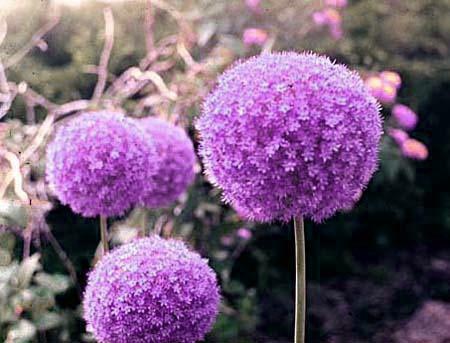
Allium giganteum
Bulbs need about 12 weeks of dormancy for healthy blooms. Plant the bulbs as soon as you can after purchase so they don’t dry out and become desiccated during prolonged storage. If you do have to store them, a cool, dry place is best. Select an area for planting that has fertile, well -drained soil, and supplement the bed with compost or organic matter. Flowering bulbs need at least six hours of sunlight a day. The general rule of thumb for planting is to plant bulbs at a depth three times the length of the bulb. For example, for a 2.5 inch tulip bulb, plant at a 7.5 to 8 inch depth. Plant with the root end down and the top end up.
What are some good choices beyond the usual spring bulbs? There are hundreds of selections, but eight stand out as good candidates to try during the next planting season.
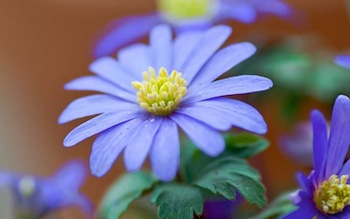
Anemome blanda
Known for their globe shape composed of tiny blossoms, Alliums are ornamental onions that stand tall on straight stems and make delightful cut flowers.
Anemones
Blooming in bright colors in early spring, Anemones produce abundant cut flowers early in the season. Use them as well as bright colored edgings for flower beds. Botanically, this is a tuber, not a bulb; it can be planted in any orientation.
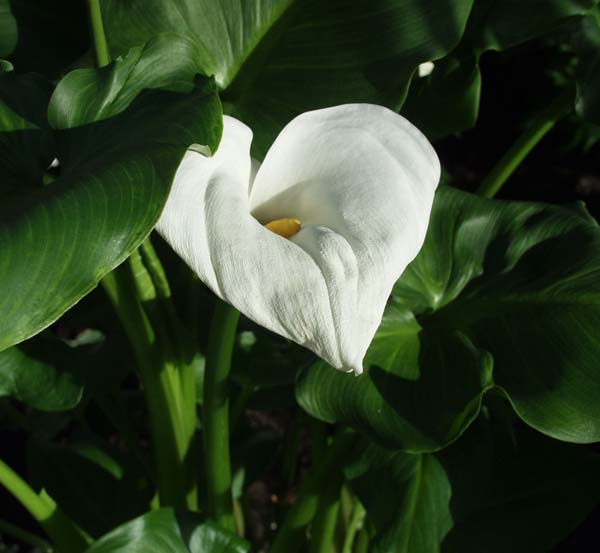
Calla Lily (Zantedeschia aethiopica)
The elegant, elongated Calla lily blooms starting in spring and well into the summer. Their wide, bright green, tropical leaves add to their glamour and grace.
Fritillaria
Fritillaria have both a sweet fragrance (yellow) and a noxious odor (crown royal). They are a known deer deterrent because of their odor.
Lily of the Valley
Luxuriously fragrant and primarily a bedding plant, Lily of the Valley grows prolifically from tiny rhizomes known as “pips.” Look for “pips” in gardening catalogs.
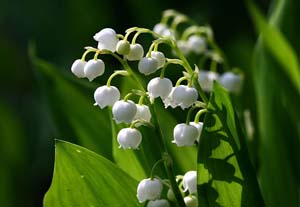 Lily of the Valley (Convallaria rosea) 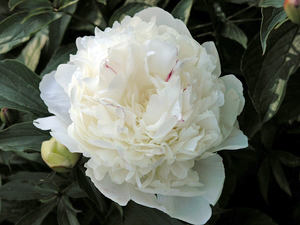 Festiva Maxima Peony |
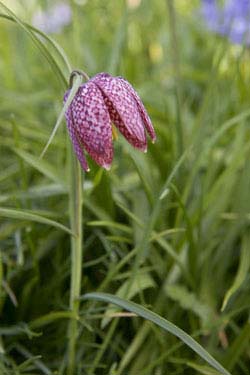 Fritallaria imperialis |
Peonies
Known for their lushness, beauty and fragrance, the large blossoms of Peonies make memorable cut flowers. Grow as hedges or against a supporting wall.
Ranunculus
Currently very popular with brides, Ranunculus bloom abundantly in brilliant colors and excel as cut flowers. Technically, these are tubers, not bulbs. Our zone 7 winters are the coldest that ranunculus can withstand.
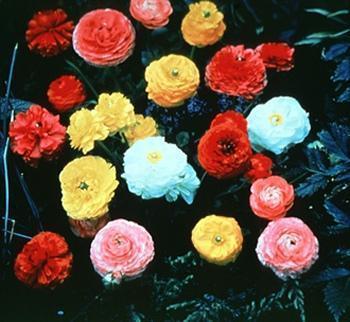 Ranunculus Filling the gap for deep blue or purple flowers, Scilla are bell or star shaped blossoms that add interest and texture to flower beds and cut flower arrangements. Although you can buy bulbs from catalogs, mail order companies, and from internet listings, a good plan is to buy from a local source so you can see and feel the bulbs and select the largest and firmest for your garden. If a bulb is small and squishy, leave it at the store. |
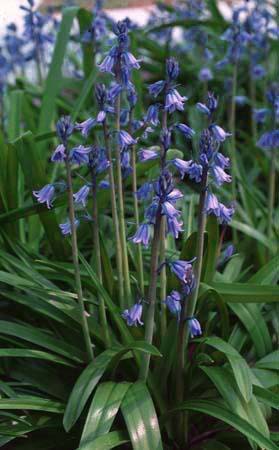 Scilla campanulata, one of several species known as Spanish Bluebells |
References
Flowering Bulbs Culture and Maintenance, VCE 426-201
Fall Bulbs, University of Arkansas Cooperative Extension
Now’s the time to plant these six spring-flowering bulbs, Oregon State University Extension Service
Autumn Plants: Planting Fall Bulbs, The Old Farmer’s Almanac
Spring-Flowering Bulbs, An Introduction, The Plant Expert.com